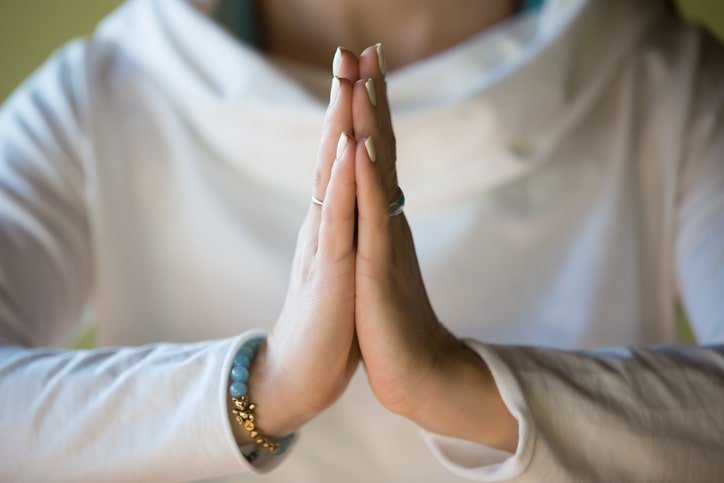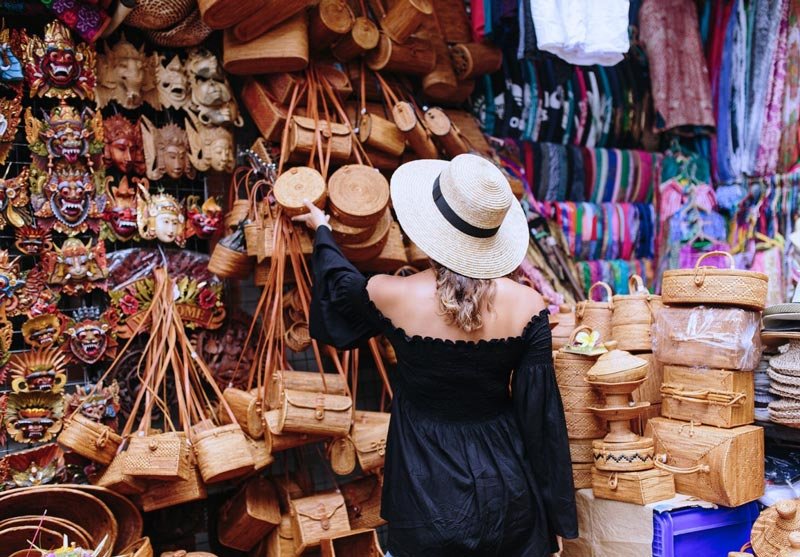India, with its many languages, vibrant customs, and historical significance, is a welcoming and kind country. With a population of over 1.3 billion people of many different races, faiths, and languages, the country offers an astonishing variety of methods to say “hello.” The people of India reflect India’s diversity through the many different ways to say hello in India.
Namaste – The Universal Greeting
Among all Indian greetings, “Namaste” is by far the most well-known and widely used. The Sanskrit phrase “namaste” translates to “I bow to you” or “I bow to the divine in you.” The gesture, which consists of putting one’s hands together and bending one’s head slightly, is meant to show courtesy and respect to the other person. Not only is this traditional Indian greeting a respectful manner to meet someone, but it also has a spiritual meaning, representing an acknowledgment of the inherent worth and uniqueness of every person.
Regional Greetings
There are more than 22 official languages and thousands of regional variations spoken in India. Greetings vary from state to state and area to region.
- In the Hindi-speaking belt of North India, you might commonly hear people saying “Namaste” or “Pranam” as a formal greeting.
- In Bengal and other eastern states, “Nomoshkar” or “Pranam” is a common way to say hello.
- In South India, “Vanakkam” in Tamil, “Namaskaram” in Malayalam, and “Namaskara” in Kannada are frequently used greetings.
- In Maharashtra and surrounding regions, “Namaskar” is a popular way of saying hello.
- In Punjab and parts of North India, “Sat Sri Akal” or “Sat Sri Kal” is a common Sikh greeting, often accompanied by folded hands.
- In Gujarat, “Kem Cho” is a friendly way of asking “How are you?”
- In Kashmir, people might greet each other with “As-salaam alaykum” or “Salaam.”
Informal Greetings
There are many different ways to say “hello” in India, from formal to casual, from familiar to slangy, and from the old to the young. In metropolitan locations and among friends, younger generations may use “Hi,” “Hey,” and “Hello” in English.
Touching the Feet – An Act of Reverence
Many younger members of Indian families, especially in more traditional households, show respect and ask for blessings by touching the feet of their elders. People widely practice this custom because they often perceive it as a respectful way to show respect for their elders.
Influence of Western Culture
Because India is becoming more globalized and linked, greetings from the West like “Hi” and “Hello” are becoming more popular in cities and the workplace. Indians still have important roles in their lives, and traditional Indian greetings are a big part of their culture.
Conclusion
In India, meeting someone is more than just a sign of kindness. People all over the country practice this deeply cultural act. India has a wide range of ways to say hello, from the spiritual action of “Namaste” to the warm welcomes of different regions. All of these different ways to say hello show how friendly and open-minded this country is. India is known for its famously friendly hospitality, which is given to tourists who enjoy these acts of kindness. Sending a friendly “Namaste” or using the local greeting may help you meet new people and find new opportunities on future trips to India.









